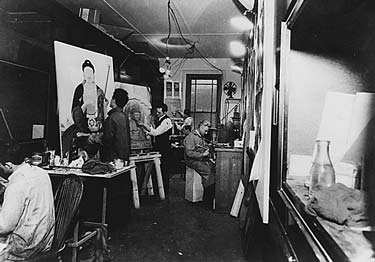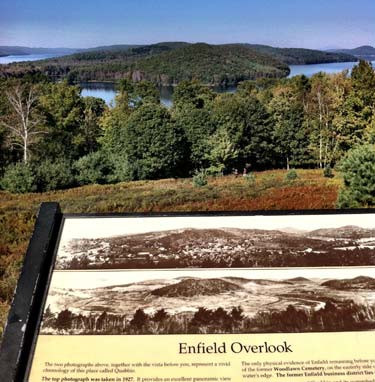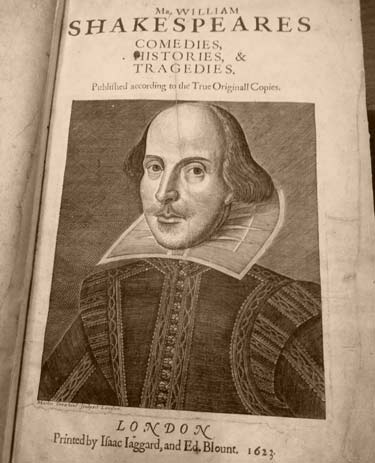CASCADE: Visions And Inspirations
QUABBIN PEOPLE Readers are curious about the real people who remember the flooded towns.Here are a couple of them, with their gracious permission:
ROOSEVELT’S EASEL ARTISTS

Back in the late 1990s, I began work on a short story about an oral historian interviewing artists who had worked for Roosevelt’s Works Progress Administration in the 1930s. I’d seen “A New Deal for the Arts,” an exhibit at the National Archives in Washington, DC, and wanted to more deeply explore what life had been like for artists who painted for the government during the Depression.
The Smithsonian American Art Museum was good enough to put me in touch with three WPA artists who were then still living and whom I interviewed: Paul Cadmus, Alan Rohan Crite, and the elegant James Lechay, who kind of stole my heart one beautiful August afternoon on the outer Cape. My research turned into an article instead of a short story, which the art magazine Topia published in 1998.
Back in the late 1990s, I began work on a short story about an oral historian interviewing artists who had worked for Roosevelt’s Works Progress Administration in the 1930s. I’d seen “A New Deal for the Arts,” an exhibit at the National Archives in Washington, DC, and wanted to more deeply explore what life had been like for artists who painted for the government during the Depression.
The Smithsonian American Art Museum was good enough to put me in touch with three WPA artists who were then still living and whom I interviewed: Paul Cadmus, Alan Rohan Crite, and the elegant James Lechay, who kind of stole my heart one beautiful August afternoon on the outer Cape. My research turned into an article instead of a short story, which the art magazine Topia published in 1998.
THE FLOODING OF FOUR MASSACHUSETTS TOWNS

After I wrote about the WPA artists, I started a story about a subject I had found fascinating since I was a child: the great Quabbin reservoir in Massachusetts, which I was introduced to on a family road trip. We drove up to a “lookout,” got out of the car, and gazed out at a vast body of water that I assumed was mostly natural. My uncle pointed out that a town had once existed under that water, that the island we were looking at had once been a hill. I was thrilled and spooked and obviously never got the image of the drowned town out of my head.
The Quabbin short story began to burst its seams at the same time that Boston’s Museum of Fine Arts presented the exhibit, “A Studio of Her Own, Women Artists in Boston, 1870-1940.” Not long after, in New York, I saw another exhibit, “The American Century, Art & Culture, 1900-2000,” at the Whitney. As much as I’d thought I wanted to write only short stories, the various elements of a larger tale were coming together, and those elements became Cascade.
I took some liberties. In reality, a reservoir would not have been built as quickly as my novel built the Rappahannock, but the basic elements, although speeded up, are true. I superimposed a fictional map over central Massachusetts and invented a single town, Cascade, but four very real towns—Enfield, Dana, Prescott, and Greenwich—were sacrificed, its residents displaced, to create the Quabbin, which supplies drinking water to the city of Boston to this day. There was never a Route 13, but Route 9 today will take you to the gates of the Quabbin where you can boat and hike and fish in the sanctuary that this place has become. You might spot a pair of nesting eagles or hear the call of loons.
Even though the Quabbin is now a place of tranquility, I was always mindful of the fact that I was able to create my work of fiction because very real lives were upended and forever changed by the dictates of the state. In the novel, I have the mailman mention, somewhat callously, and in passing, that an elderly man committed suicide rather than move from his home when another Massachusetts reservoir, the Brackett, was built in 1878. That old man’s former piece of land is watershed next to my own house, and I often thought of him, and others like him, while writing Cascade.
SHAKESPEARE’S FIRST FOLIO

A third idea for a short story that found its way into Cascade was one about a dying man who was more concerned with orchestrating what would happen to his beloved Shakespearean playhouse after his death than he was about the people he had entrusted to care for it.
Years ago, the ending of an Alice Munro short story, “Menseuteung,” stayed with me. In her story, the final lines ponder what individuals deem worth saving to what in fact does get saved.
On one of many trips to Washington, I was drawn to the story of Henry Folger, who avidly collected First Folios and built the Folger Shakespeare Library. It fascinated me to know that Shakespeare had written at a time when plays were not considered literature and were not published in any formal, collected way. Fortunately, seven years after his death, two of his friends gathered and published all of the plays. Eighteen of them had never been published at all, so without these two men and their fortuitous decision, we would have lost Macbeth, The Tempest and Twelfth Night. We would have lost Antony and Cleopatra and Julius Caesar.
The First Folio makes me wonder what we actually have lost, without knowing it, and makes me treasure what we do have all the more.
FURTHER LINKS OF INTEREST
NEW DEAL ARTISTS
http://www.archives.gov/exhibits/new_deal_for_the_arts/
BOSTON MFA & THE WHITNEY EXHIBITS
http://www.mfa.org/exhibitions/studio-her-own
http://www.tfaoi.com/newsm1/n1m152.htm
THE QUABBIN RESERVOIR OF MASSACHUSETTS
http://www.foquabbin.org/
http://www.bio.umass.edu/biology/conn.river/quabbinres.html
http://www.michaeltougias.com/slidepresentations.html
THE FOLGER SHAKESPEARE LIBRARY
http://www.folger.edu/
DROWNED TOWNS AROUND THE WORLD
http://beyondrivalry.wordpress.com/2006/08/30/drowned-towns-book-list/
CREATING THE CASCADE WEB PRESENCE
http://pinterest.com/maryanneohara/cascade-the-art-that-created-the-web-presence/
